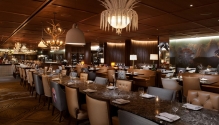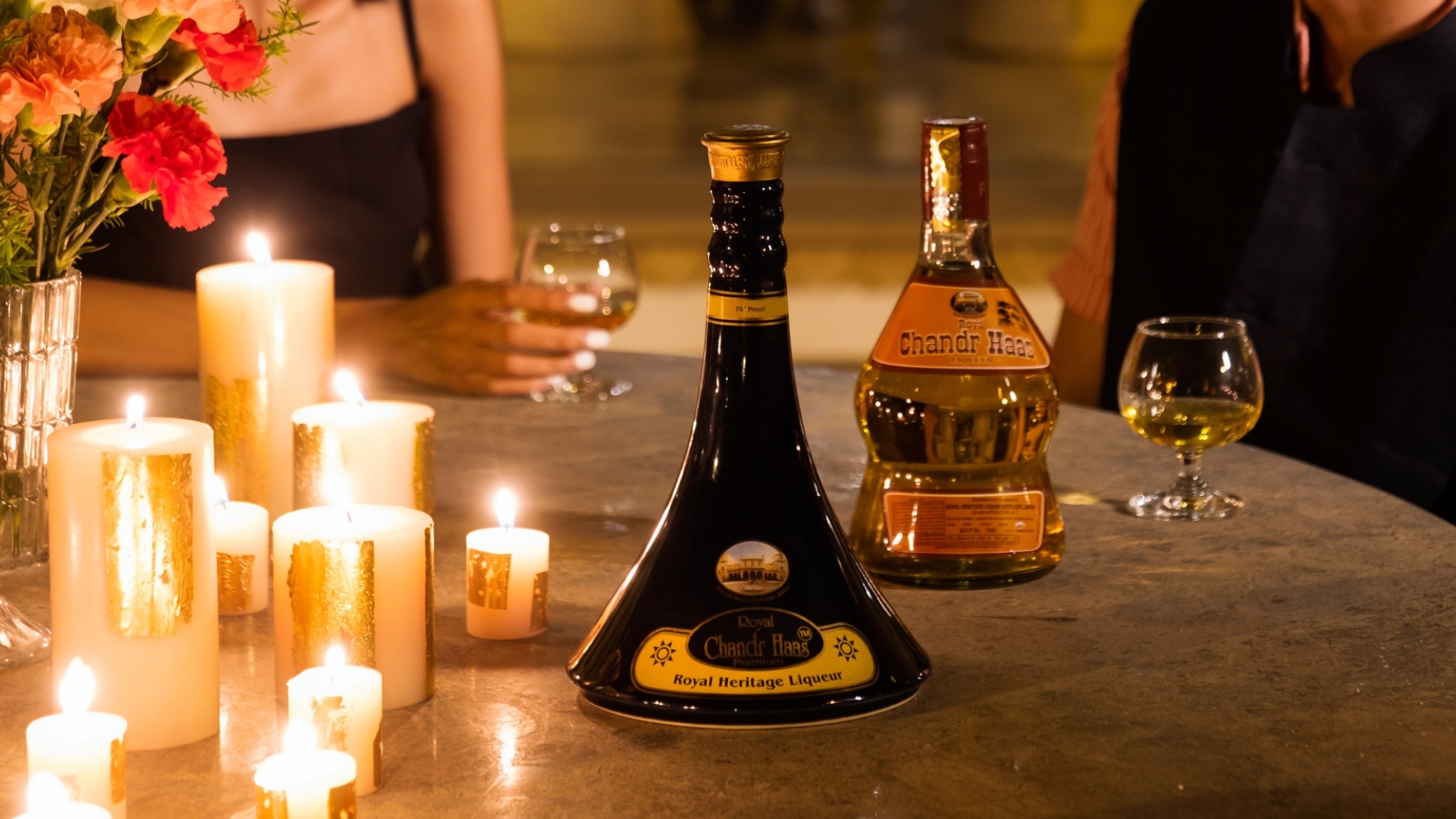A Heritage Spirit Movement
Heritage craft liquors act as liquid archives of culture in the country of many tribes. Beyond the usual pour, India's native liquors are redefining the drink.
By Chandreyi Bandyopadhyay
On a winter trip through Assam, I discovered ‘Xas’—a clear, earthy rice wine with heritage status, bottled by the state government. Potent yet memorable, it echoed the spirit of its people. In a world where flavours carry cultural meaning, heritage spirits serve as liquid legacies—bridging generations through tradition, craft, and identity, and offering stories etched in time.
India’s cultural revival now flows into the world of spirits, as homegrown liquors gain momentum. With global alcohol brand sales slowing to 2.2% in FY’24, interest in local brews such as cashew feni, mahua, and meads is rising. Backed by GI tags and rooted in tradition, these native tipples are earning newfound respect—redefining what’s poured into the glass and how India drinks its heritage.
Yet, several complexities remain. “I think of them more as native Indian spirits rather than heritage liquors, because I'm not sure how many have an official heritage classification. That's actually the beginning of the problem,” informs Vikram Achanta, an industry expert and CEO of Tulleeho, a beverage education and experiences academy.
Achanta cites the case of Rajasthan Royal, liqueurs crafted with recipes once preserved by royal families, which were brought back with a government push in the early 2000s. Today, Chandr Haas, a saffron liqueur from the collection, features on the menus of iconic bars such as the Writers’ Bar at Raffles Hotel and Bar Palladio in Jaipur.
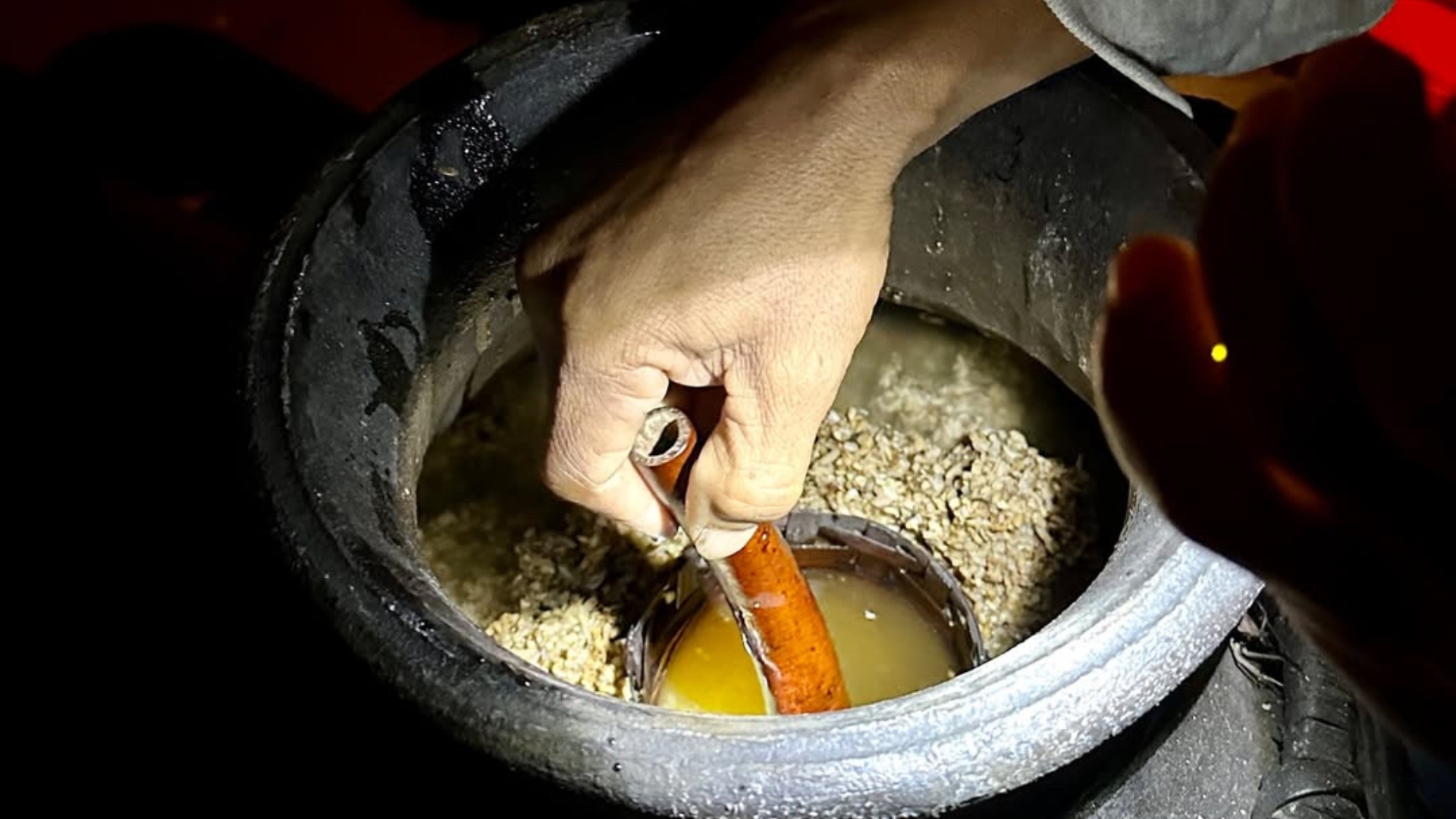
India’s cultural revival now flows into the world of spirits, as homegrown liquors gain momentum.
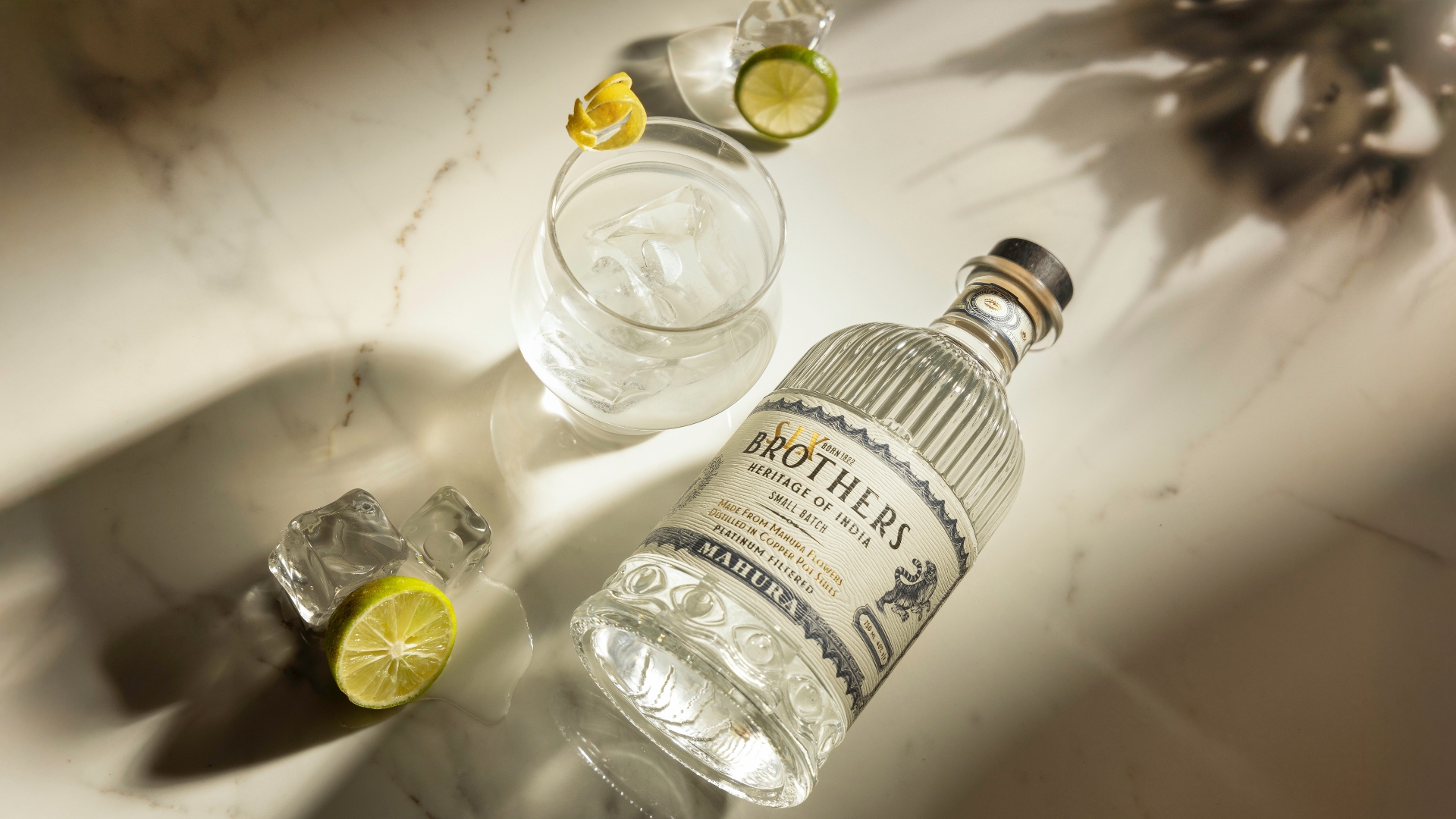
Mahura deserves global recognition as an Indian spirit for its unique flavour, unlike anything else.
What sets them apart?
In India, alcoholic beverages are categorised into three segments—foreign liquor, Indian-made foreign liquor (IMFL) and country liquor. Heritage craft spirits (combining craft IMFL and country) sales hit 57 to 87 million cases in annual sales in FY’23, in the massive alcohol market of ₹3.2 lakh crores.
The classification spans a diverse range of indigenous spirits—from Goa’s cashew-based Feni and central India’s Mahua to saffron, vetiver, and cardamom liqueurs of Rajasthan and toddy in Kerala. Joining these are regional staples such as Bitchi and Tongba from the northeast, and Chhang from the Himalayan foothills. Each is rooted in distinct cultural traditions once limited to local consumption.
Goan feni makers have been actively lobbying for a heritage status for liquor crafted from ripe cashew fruits, already having a GI tag. Hansel Vaz, Founder of Cazulo Feni and Secretary of the All Goa Feni Makers Association, is excited to launch three new product variants this month. He said, “We've reached some level of respectability when it comes to government policy as well as consumer awareness. We are now moving to the next level with flavoured, infused products”.
Mahua is the world’s only spirit made entirely from flowers. Blooming once a year across the forests of central, eastern, and western India, the mahua tree offers a fleeting harvest. Local communities collect the blossoms and sell them to government-authorised vendors, ensuring fair compensation. The dried flowers are then soaked, fermented, and double-distilled in copper pot stills.
Recognised as a ‘Heritage Liquor’, it is produced by licensed distilleries but remains elusive in shops. Strict excise laws prevent its sale across state lines, keeping this floral spirit largely bound to its origin state. “We only know about the ones being bottled by states, but their availability remains obscure due to excise restrictions,” Achanta confirms. Seekers must look hard, for the reward of a rare taste of India’s forested heartlands. Arijit Bose, founder of Bar Spirit Forward (Bangalore) and Bar Outrigger (Goa), highlights how women-led Self Help Groups (SHG) from Madhya Pradesh’s Bhilala and Gond tribes are reviving traditional Mahua-making, bottled and sold as Mond and Mohulo —as a pathway to steady livelihoods.
The industry feels that the ‘country liquor’ tag does not do much good to improve acceptance of such products. Bose highlights issues such as poor enterprise support, legal grey zones and lack of focus on branding and packaging. “Despite their legacy, many country liquors are stuck in time. With no budgets for R&D and quality upgrades, they struggle to compete with the new wave of urban spirits that are winning both shelves and palates,” he adds.
Vaz engages with excise authorities frequently. “If India is to rise as a global cultural force, we must champion spirits that are authentically ours, rooted in our heritage and identity and elevate them through provenance, process, and pride,” he adds.
Pankaj Balachandran, Director of Short Story at Third Eye Distillery (makers of Stranger & Sons gin), brings deep expertise in distillation. He notes that the heritage tag has played a key role in elevating indigenous spirits like mahua and feni. “Both belong to a character-driven category, with floral, earthy aromas similar to fruit distillates. They’re more flavourful and could be India’s answer to mezcal or shochu,” he says. The old stigma of “country liquor,” he believes, is finally beginning to fade.
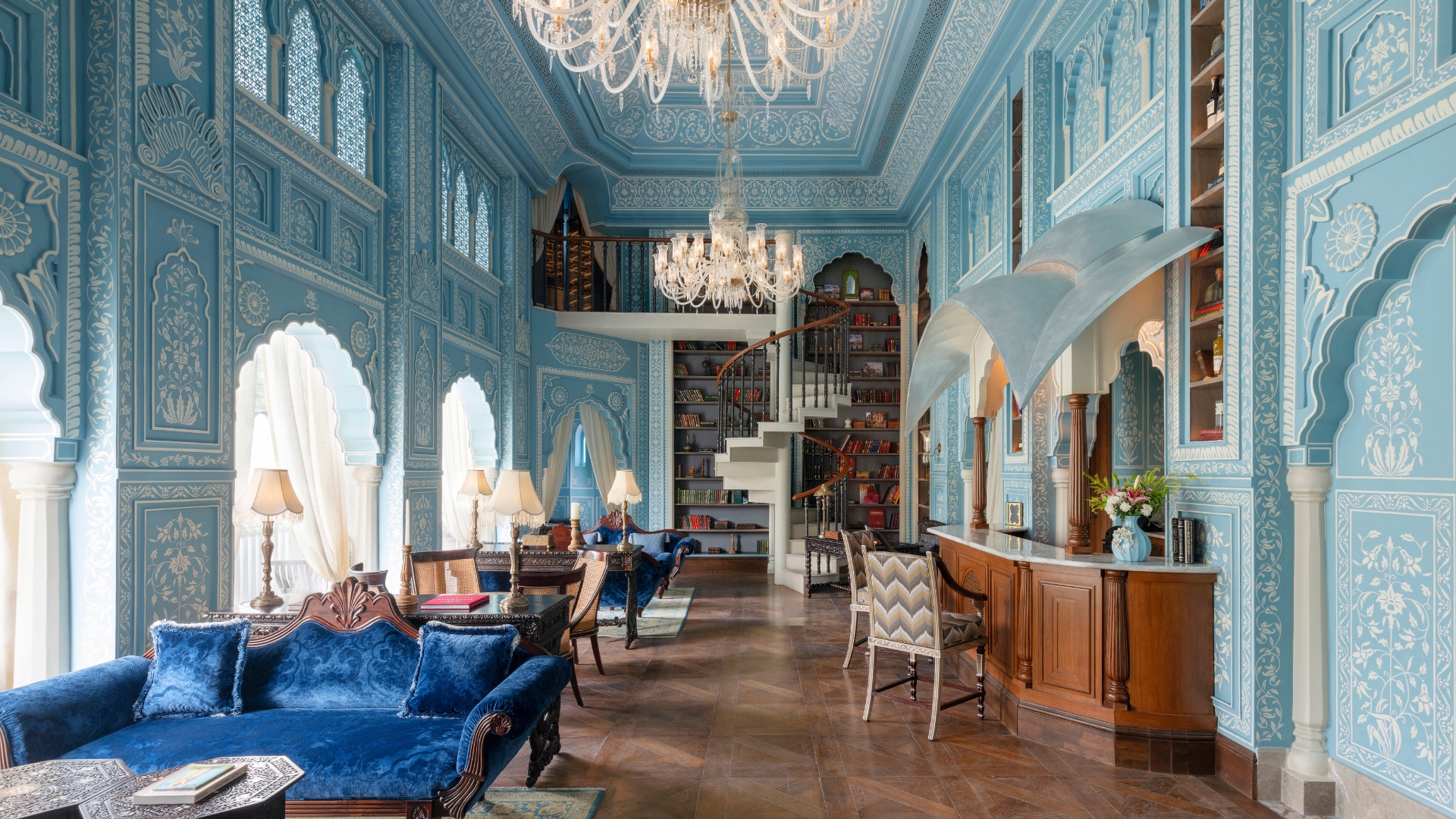
Writer's Bar at Raffles Jaipur serves Chandr Haas in both cocktails and fr sipping on ice.
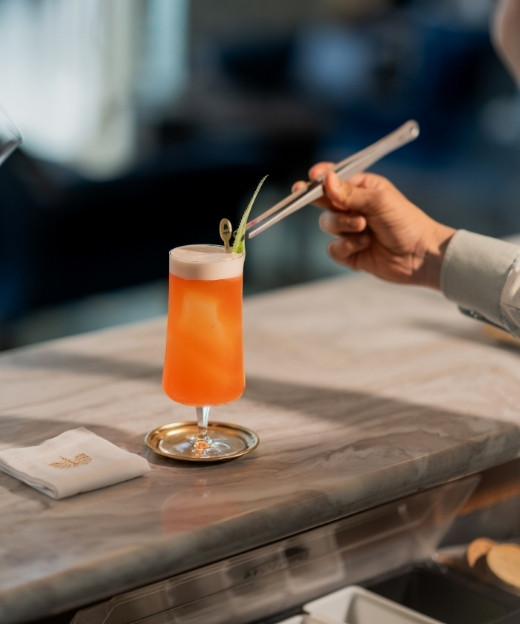
Backed by GI tags nd rooted in tradition, these native tipples are earning newfound respect.

Vikram Damodaran, Chief Innovation Officer, Diageo India.
Heritage liquors in India face regulatory fragmentation, yet consumers are embracing authentic stories with deep regional roots and generational craftsmanship.
Vikram Damodaran
Chief Innovation Officer, Diageo India

Evolving production
Maharashtra-based South Seas Distillery is set on rewriting Mahura’s repressive history. To promote imported spirits, colonial rulers relegated indigenous liquors to the category of ‘country liquor,’ burdening them with restrictive regulations and pushing them into obscurity as hooch. Yet, many of the world’s most celebrated spirits—Tequila, Cognac, Scotch, Sake—share similar origins. Each began as a local tradition, crafted and consumed by regional tribes or communities, before evolving into globally recognised icons of fine drinking. India’s native spirits were simply never given the same chance.
According to Rupi Chinoy, Director at South Seas, “Mahura deserves global recognition as an Indian spirit for its unique flavour, unlike anything else. When crafted with modern techniques, it becomes a crisp, versatile spirit that can be enjoyed neat, on ice or as a cocktail.” The family behind Six Brothers Mahura, launched in 2024, first commercially distilled it in 1922. Their legacy continues, combining generations of tradition with over 40 years of single malt expertise in India.
“We’ve brought the same rigour and sophistication used for fine single malts to Mahura, making it the first spirit in the category to be double distilled in India’s largest copper pot stills, followed with a platinum-filtration process to ensure a clean, crisp finish,” Chinoy elaborated.
Chef Thomas Zacharias (@Cheftzac) leads food discoveries through Locavore, exploring regional roots. On a trip with JrnyOn, he discovered Chubitchi (or Bitchi)—a mildly alcoholic rice wine central to Garo culture in Meghalaya. GI-tagged and deeply rooted in community rituals, it’s a welcome drink and a symbol of hospitality.
With markets flooded with urban manufactures though, brewing of bitchi, toddy, salphi, mahua, feni, xas and chhang continues to be limited to villages where traditional practices endure.
But global players are stepping up. The Good Craft Co. (TGCC) focuses on building an ecosystem of craft spirits. Attesting to it, Vikram Damodaran, Chief Innovation Officer at Diageo India says, “We’ve been working with India’s craft spirit community for over five years, offering feedback and helping them refine their spirits through real, hands-on science. Whether it’s running a quick chromatography test to identify an off-note or sharing insights from our R&D, about 20% of our time today is dedicated to supporting these makers.”
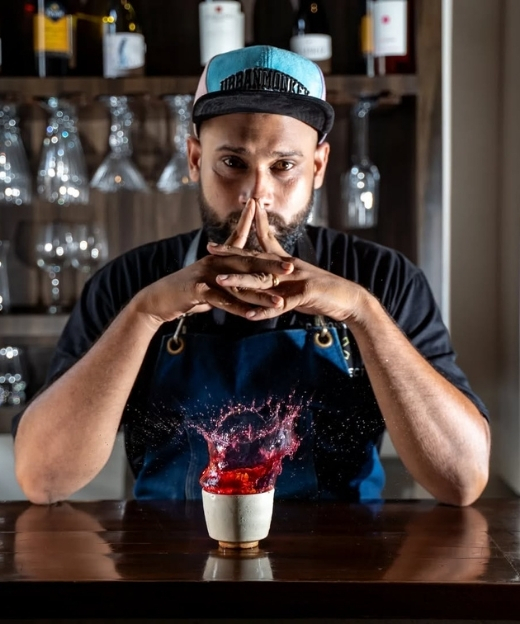
Mixologist Jishnu AJ picked up fermentation techniques from distillers in Meghalaya and Nagaland that he uses in his trials.
A conscious movement
Bartenders and mixologists across the country are increasingly incorporating indigenous spirits into contemporary offerings, creating hybrid experiences honouring tradition while embracing innovation. “Heritage liquors are a great way to add variety since they are essentially a whole new spirit category,” opines Priyanko Sarkar, an alcobev expert and mixology consultant. “Drinking these neat is not for everyone, but skilled mixologists are crafting cocktails that make these spirits more palatable and accessible.”
Damodaran notes that it is the end consumer interest that drives industry growth. “Indian spirits are gaining momentum as consumers are increasingly seeking authentic, homegrown stories with deep cultural roots and generational legacy.”
At top bars across Mumbai, indigenous spirits such as Tinto Feni from Adinco Distillery and Six Brothers Mahura are claiming coveted shelf space. At Bombay Daak, Yathish Bangera balances feni’s funk with bold ingredients, like in their ‘Finding Feni’ cocktail blending gin, feni, clarified raw mango curry, jaggery, Indian spices, asafetida, and chilli tincture. “I’d love to do a highball with kokum cordial, raw mango-infused feni, salt, sugar, and tonic,” he adds.
At Ekaa, mixologists Jishnu and Kaustubh regularly experiment with feni and mahura, inspired by fermentation techniques Jishnu picked up from distillers in Meghalaya and Nagaland. Fine diners such as Carnival by TrèsInd serve mahura with clarified melon and a mean Panjim Sour with feni, while Elephant & Co. (Goa) and Cobbler & Crew (Pune) offer feni-kokum for easy sipping.
“These spirits offer hard-to-replicate and rare depth,” says Mayur Marne, Bar Head & Partner at Cobler & Crew. “Mahua shines with citrus and florals, feni with tropical fruits, and toddy with warming spices,” he guides.
Reflecting this shift, Four Seasons Mumbai now features a mahura cocktail on the menu at its rooftop lounge, AER. Undeniably, heritage liquors are going through a transformative time, but market stickiness is yet to be seen.
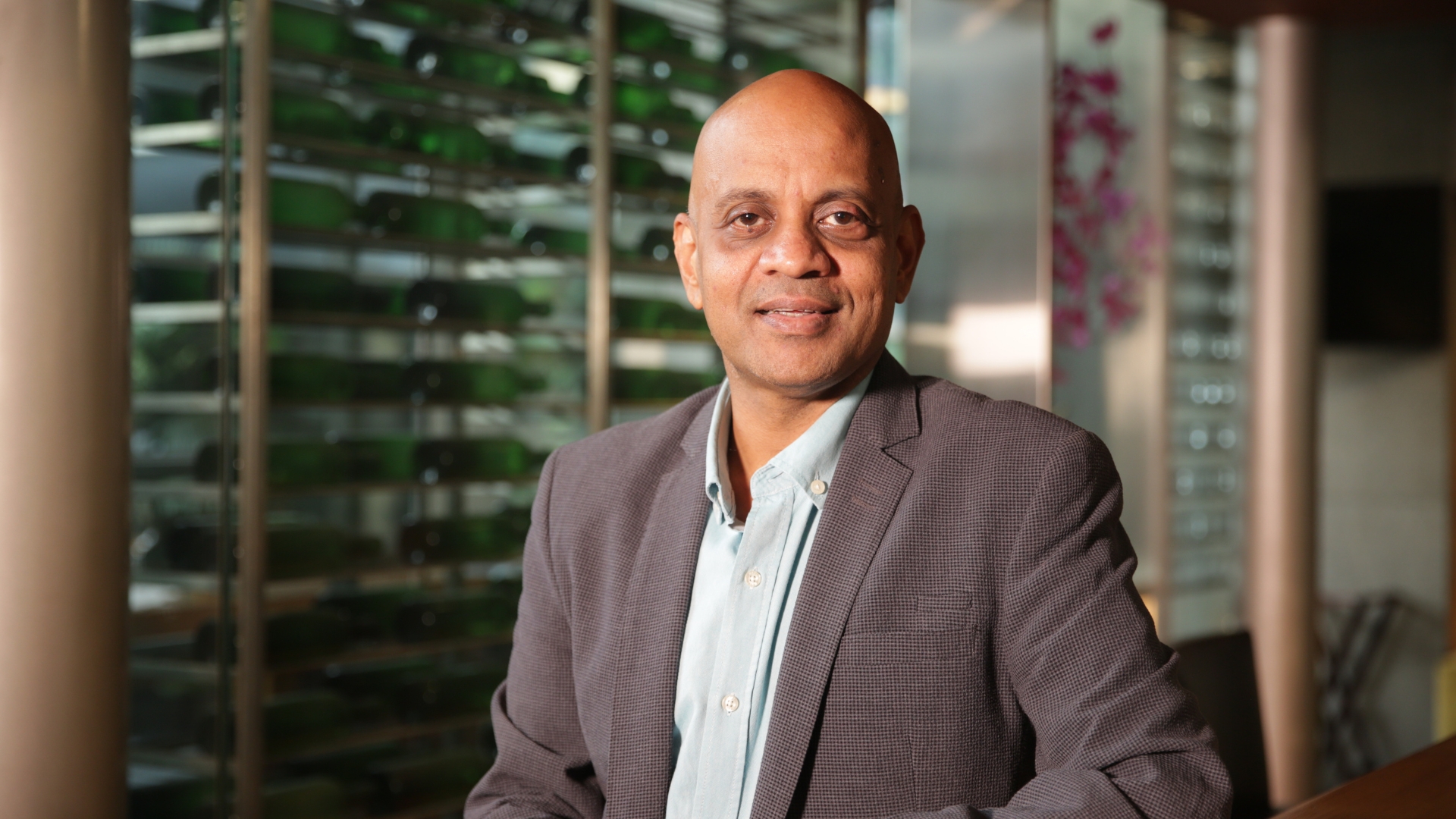
Vikram Achanta, Founder & CEO, Tulleeho; Co-Founder, 30BestBarsIndia & India Bartender Week 1.

















